 |
 |
 |
| |
Regulation of muscle function and mass by the bone-derived hormone osteocalcin - Brain/Bones/Muscle Exercise Connection/Mortality Too/Comorbidities Workshop-NY 9/16
|
| |
| |
Reported by Jules Levin
18th International Workshop on Co-morbidities and Adverse Drug Reactions in HIV, Sept 12-13, 2016, New York, NY
Gerard Karsenty, M.D., Ph.D.
Department of Genetics and Development, Columbia University Medical Center
FULL COVERAGE: 18th International Workshop on Comorbidities and Adverse Drug Reactions in HIV,
September 12-13, 2016, New York
7th International Workshop on HIV and Aging
September 26-27, 2016
Washington, DC

-------------------------------------
Bone & The Brain: osteocalcin predicts brain function - (09/23/16) ....cognitive deterioration and reductions of bone health coincide with increasing age. We examine the relationship between bone composition and plasma markers of bone remodelling with measures of cognitive performance in healthy adults.....adjusting for covariates and multiple testing revealed that plasma OC [osteocalcin] levels were positively associated with measures of executive functioning (β = 0.444, P < 0.001) and global cognition (β = 0.381, P = 0.001) in the older women.
Brain Growth with Exercise - (09/23/16)......"These reports indicate that incorporating a regular exercise routine, and specifically aerobic exercise, into your daily regimen can not only prevent age-related degeneration but increase the size of the brain's most important learning and memory structure - the hippocampus"
Bone and Muscle Endocrine Functions: Unexpected Paradigms of Inter-organ Communication - (09/23/16)....Cell 2016 March Gerard Kersanty
"Exercise is the only way to preserve muscle function"- "Future research will be needed to determine whether osteocalcin supplementation can be used in aging humans to promote exercise capacity. Interestingly, a very recent study linked plasma osteocalcin levels to brain functioning in humans (Bradburn et al., 2016). This possible link between bone health and brain health warrants future research and is another exciting example of the brain body connection.".......
Exercise/Brain/Bone/Muscle Connection....Gerard Karsenty, M.D., Ph.D....http://www.natap.org/2016/HIV/092316_01.htm.....As it was recently discovered that certain hormones are directly secreted from the bones, they turned to one in particular that is involved in metabolism and bone building: osteocalcin (Karsenty & Olsen, 2016).....First, they found that circulating osteocalcin levels doubled after only one 45-minute exercise session in both young adult mice and men. Second, they found that during the aging process, osteocalcin levels in mice decreased by 70%, which was accompanied by a decreased ability to perform exercise. Further, they found that aging dampened the ability of exercise to increase circulating osteocalcin. Similar findings were found in monkeys and humans as well, indicating that this is a robust finding across species. Based on these findings, they next asked whether exogenously administered osteocalcin could increase the capacity for exercise in young adult mice. What do you think happened? By injecting mice with osteocalcin immediately before exercise, their capacity to exercise significantly increased. That is, compared to controls, mice injected with osteocalcin increased their time spent running and distance traveled on a treadmill by over 20% before they reached exhaustion. These exciting findings led them to ask the same question in older mice with an already decreased capacity for exercise. What happened when older mice were injected with osteocalcin? They were able to run just as much as young mice, essentially "reversing the age-induced decrease in exercise capacity."
Muscular Strength & Mortality in Men http://www.natap.org/2008/HIV/082508_01.htm
Muscle Strength/brain-mortality/after fracture & Before /
Quadriceps weakness and post-fracture mortality http://www.natap.org/2016/HIV/121416_04.htm....."an intervention to increase muscle strength in the older people may be a good target for both fracture and premature mortality risk reduction."
Strong Leg Muscles Improve Brain Functioning - 2 studies report: Kicking Back Cognitive Ageing: Leg Power Predicts Cognitive Ageing after Ten Years in Older Female Twins http://www.natap.org/2016/newsUpdates/092616_04.htm
https://en.wikipedia.org/wiki/Osteocalcin
Endocrine Actions of Osteocalcin https://www.hindawi.com/journals/ije/2013/846480/
-------------------------------


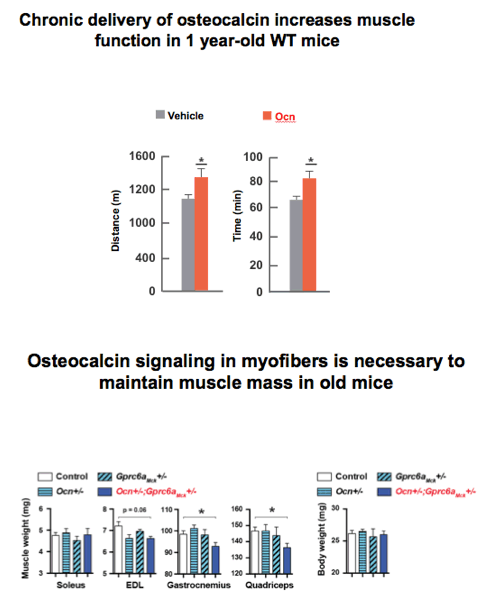
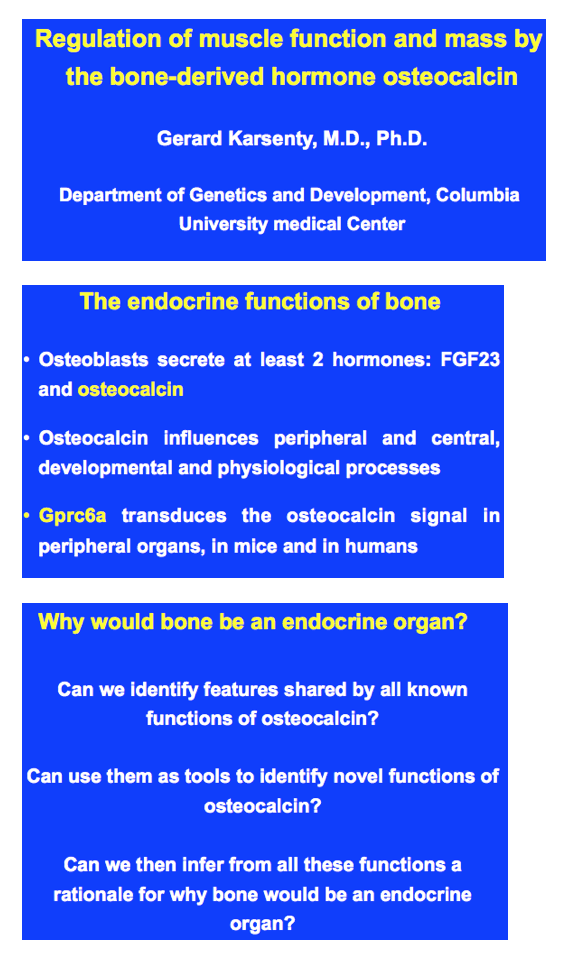

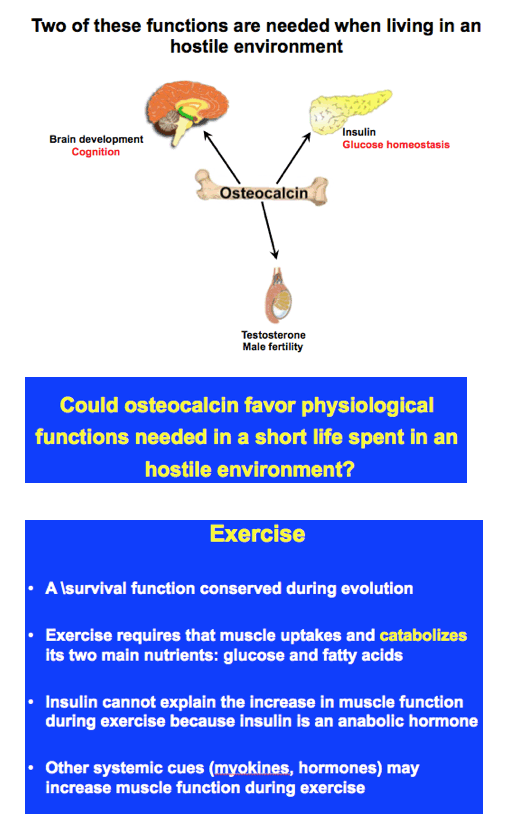
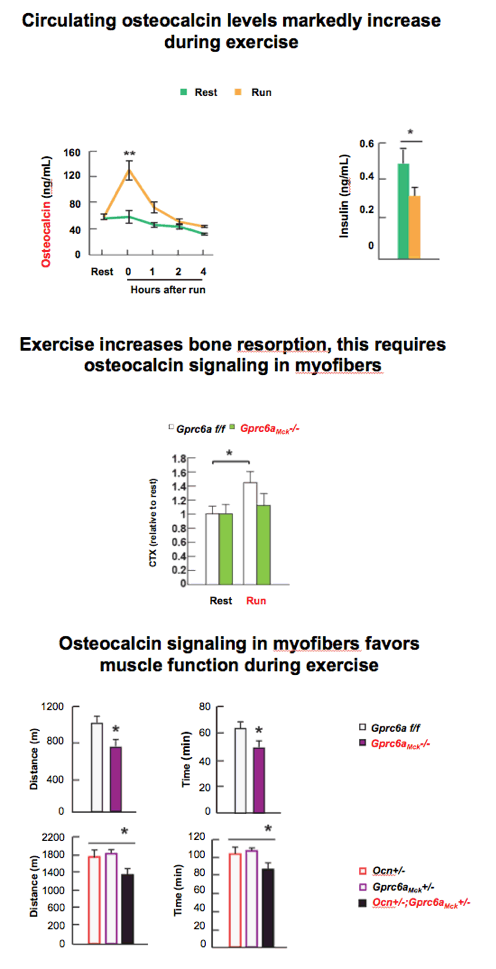
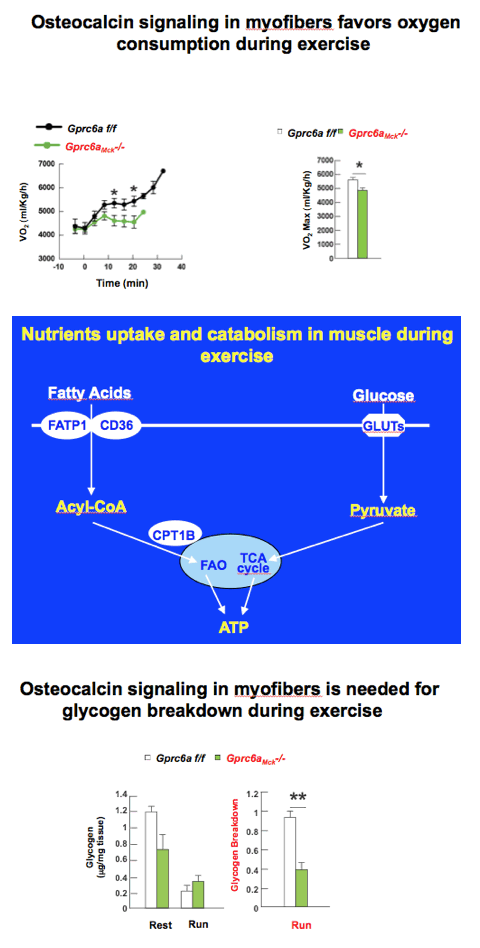

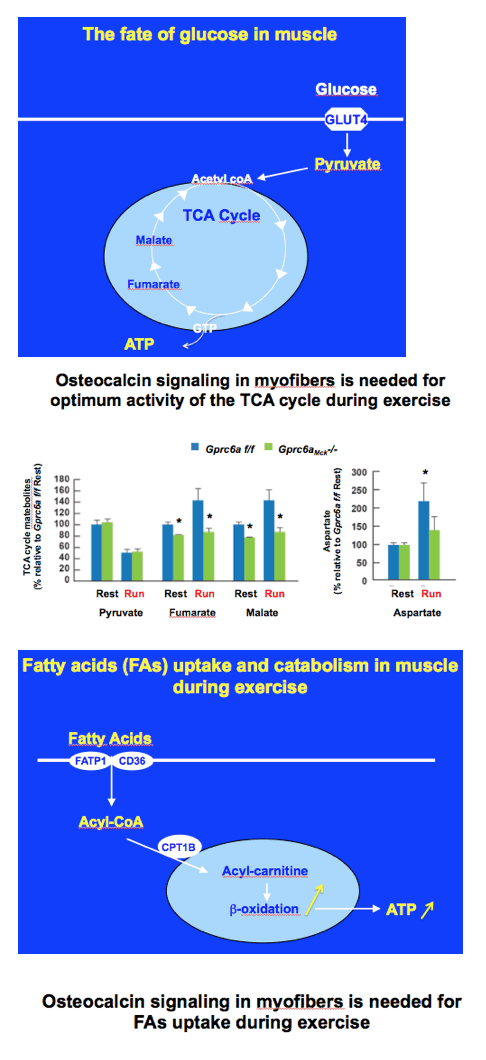
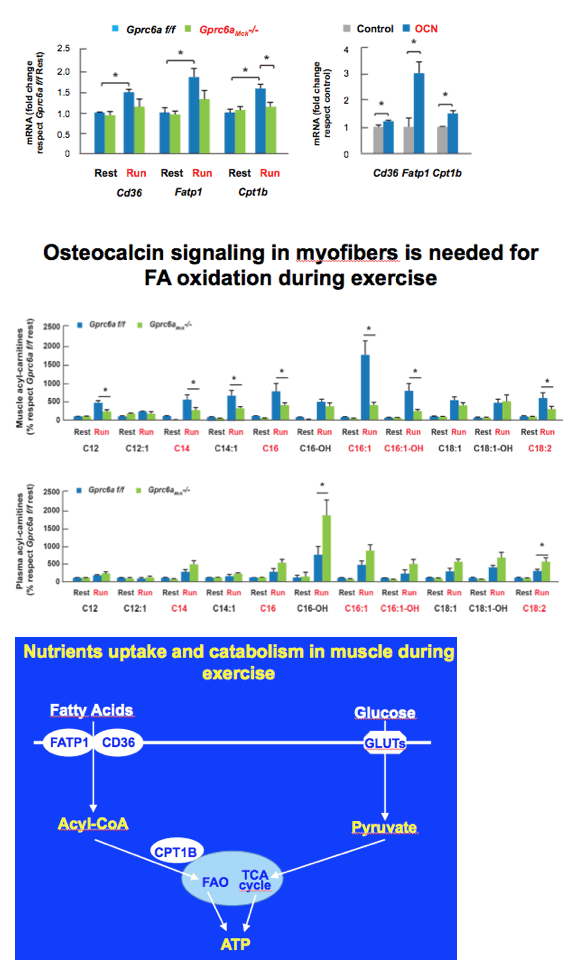
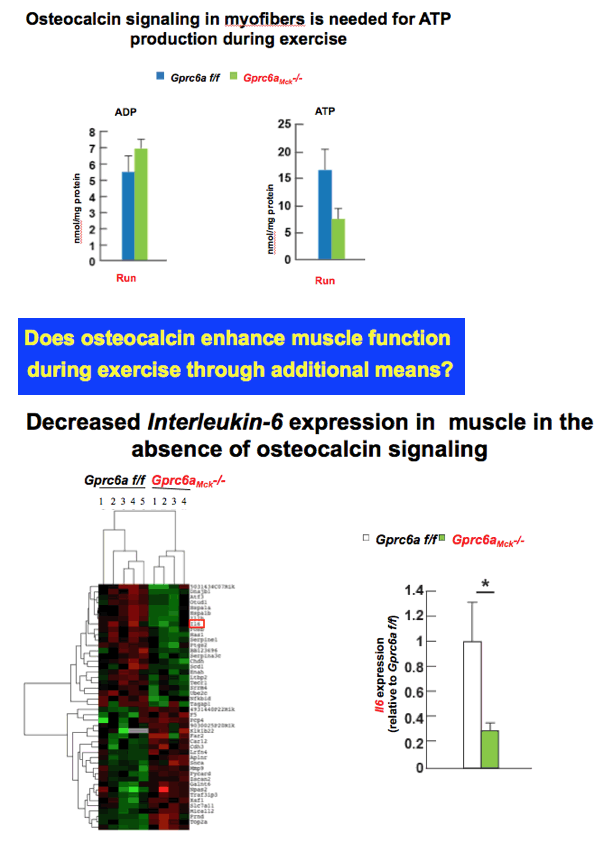
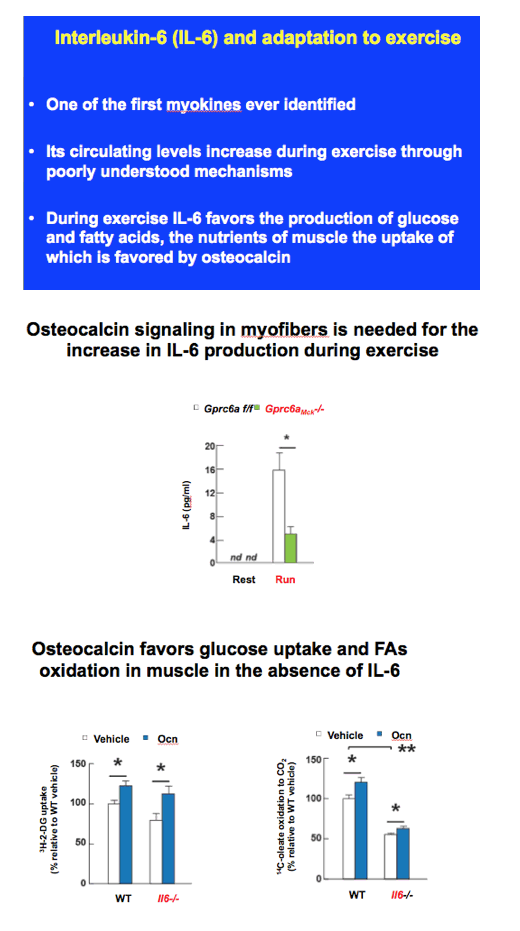
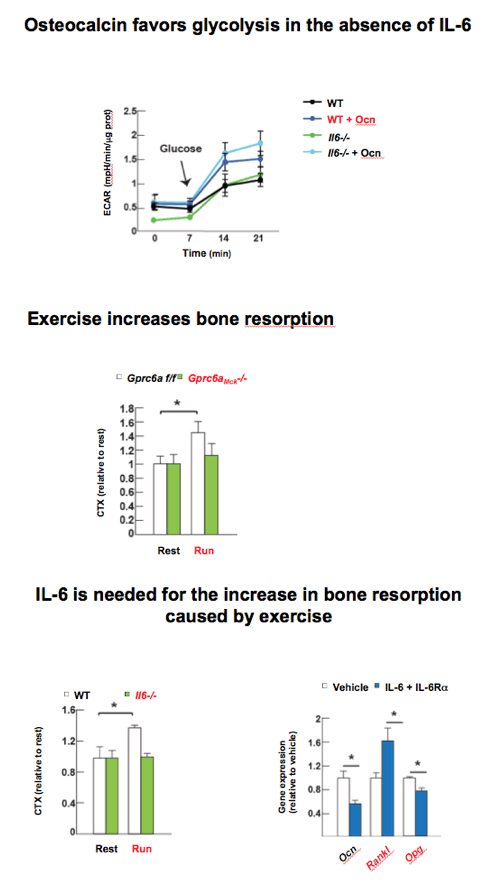
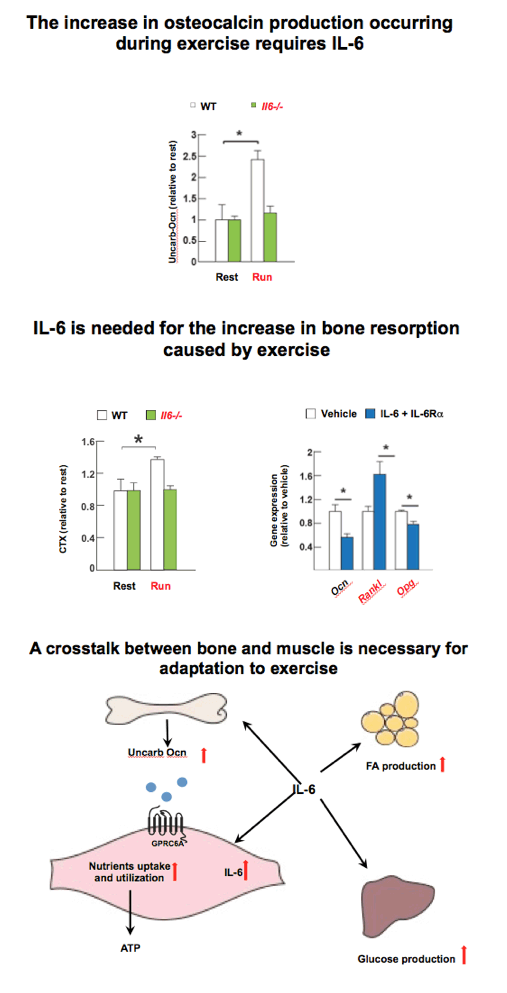
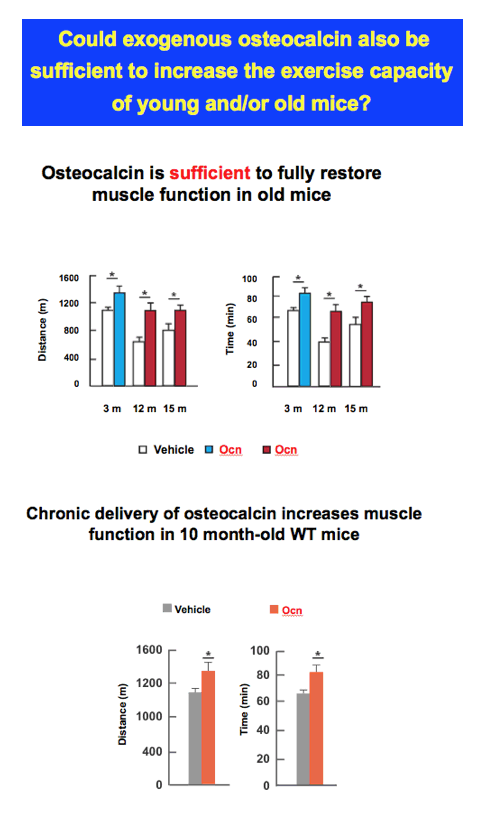
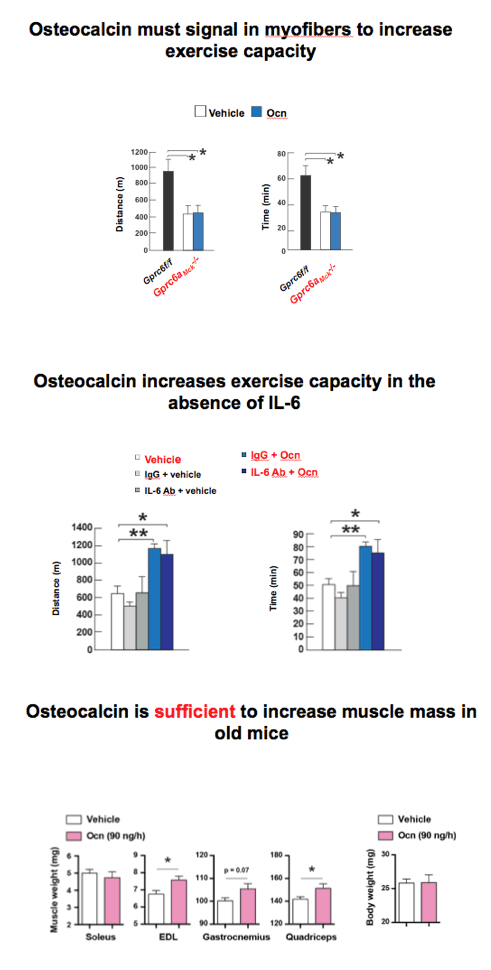
|
| |
|
 |
 |
|
|